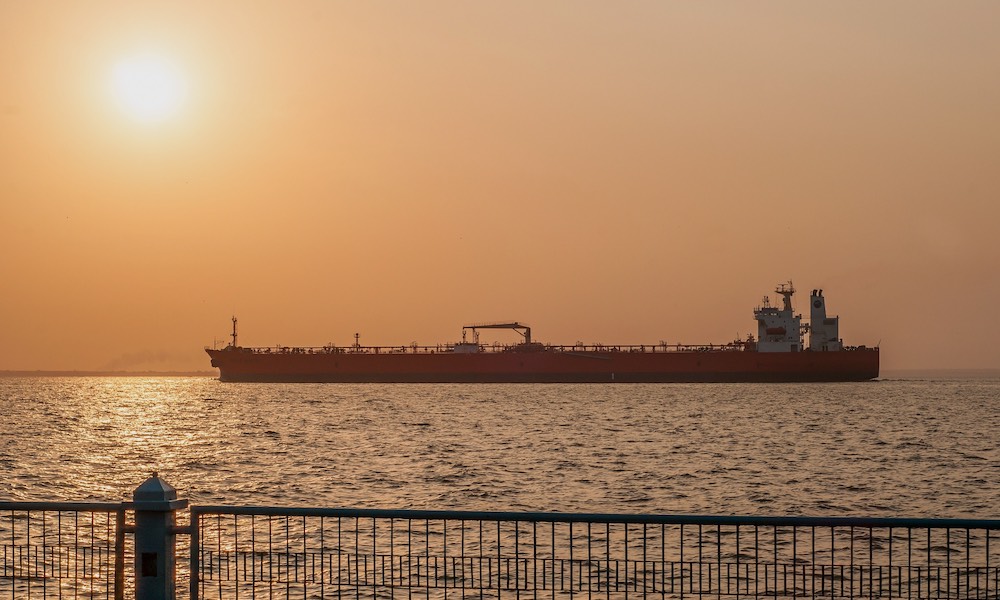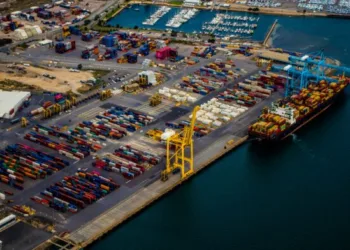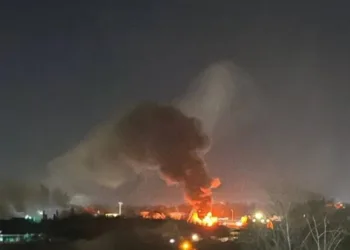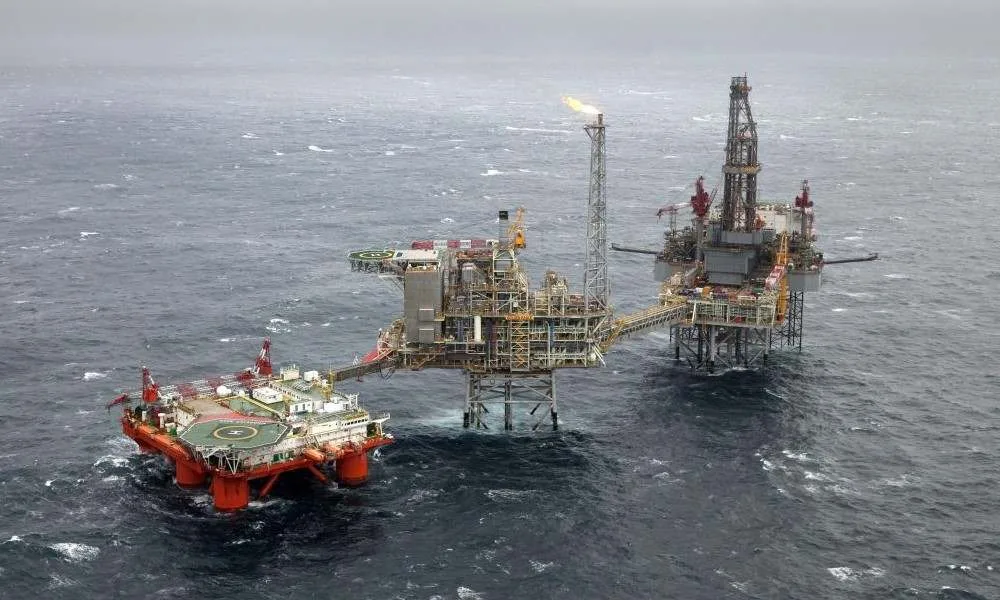The amount of oil stranded on tankers worldwide has ballooned in recent months, with Russian barrels making up an outsized share of the floating glut as sanctions upend traditional trade flows.
Analysts at Vortexa, Kpler and OilX estimate that roughly 1bn barrels are now sitting at sea, and around 40% of the recent build-up comes from sanctioned producers — chiefly Russia, Iran and Venezuela — or cargoes whose origins are unclear. The data underscores how US and European restrictions are increasingly reshaping global crude logistics.
Fresh sanctions imposed by Washington on Rosneft and Lukoil — the first direct measures against Russia during Donald Trump’s second term — have created a sharp bottleneck. According to JPMorgan, around 1.4m barrels per day of Russian oil, nearly a third of the country’s seaborne export capacity, is currently sitting on tankers as discharge operations slow ahead of a November 21 compliance deadline.
The looming cutoff has forced Lukoil to sell foreign assets and disrupted operations as far afield as Iraq, Finland and Bulgaria. Traders report that while overall Russian export flows have so far remained steady, the number of vessels unable to discharge is rising fast.
Many tankers loading at Primorsk, Ust-Luga and Novorossiysk have been listing Port Said or the Suez Canal as nominal destinations before continuing on to Asia, typically India or China. With both countries sharply reducing December purchases from the sanctioned firms, unsold cargoes are expected to pile up further, potentially heading to China at increasingly steep discounts.
New analysis from Signal Ocean shows floating storage among sanctioned vessels hitting its highest levels since mid-2022. The firm links the rise to discharge delays, vessels becoming sanctioned mid-voyage and being turned away, and buyers quietly tightening procurement policies to manage compliance exposure.






















